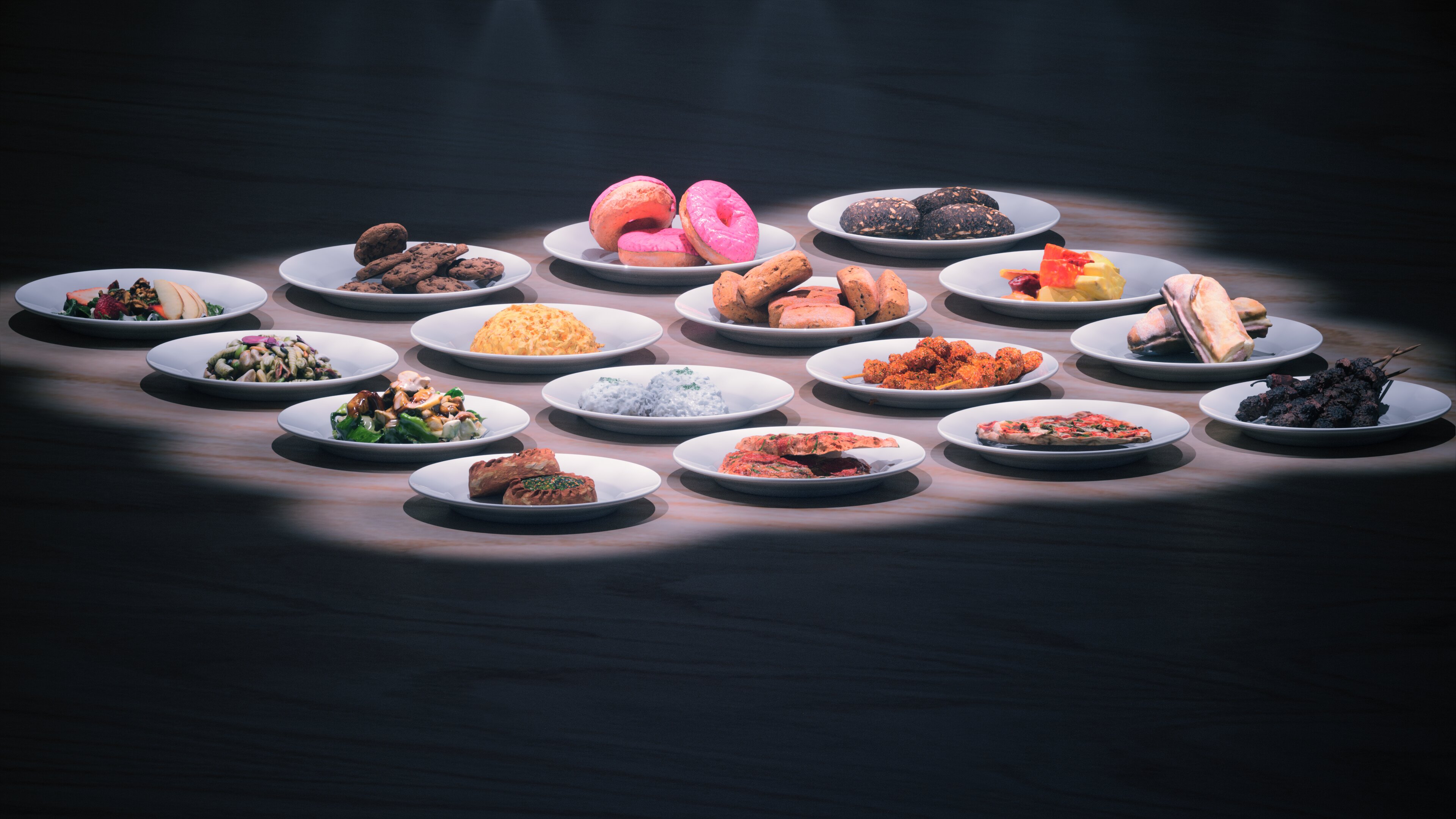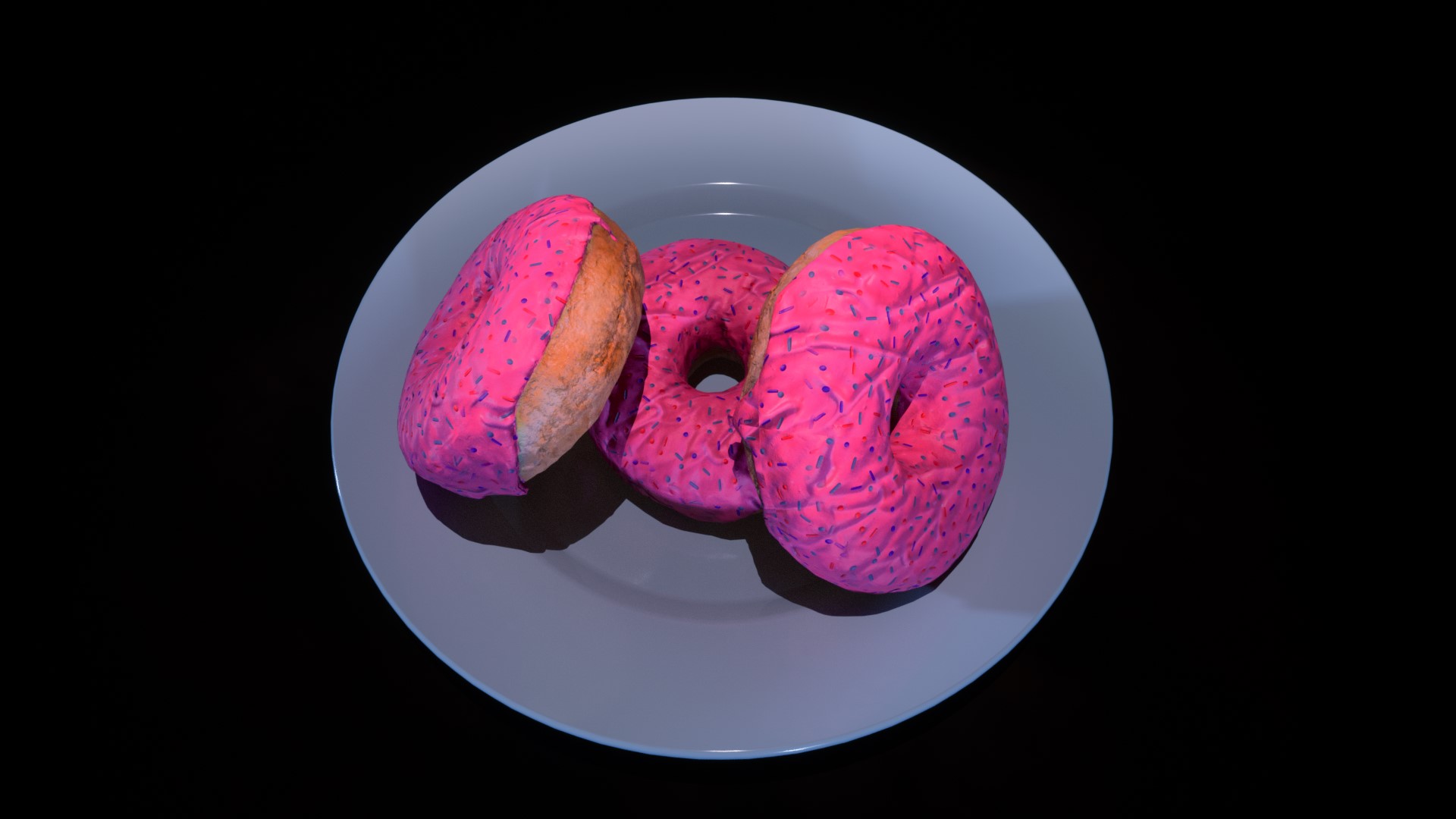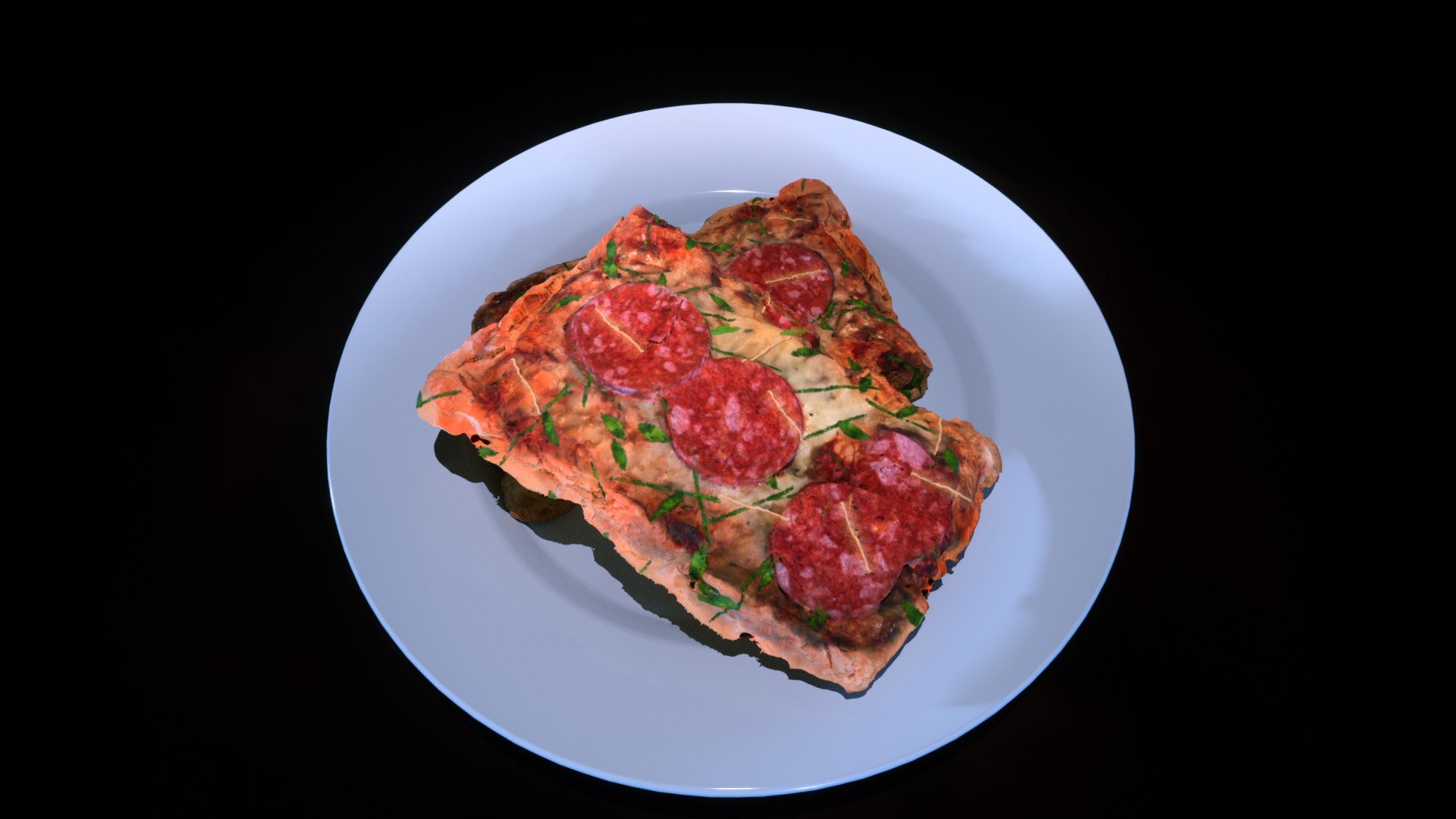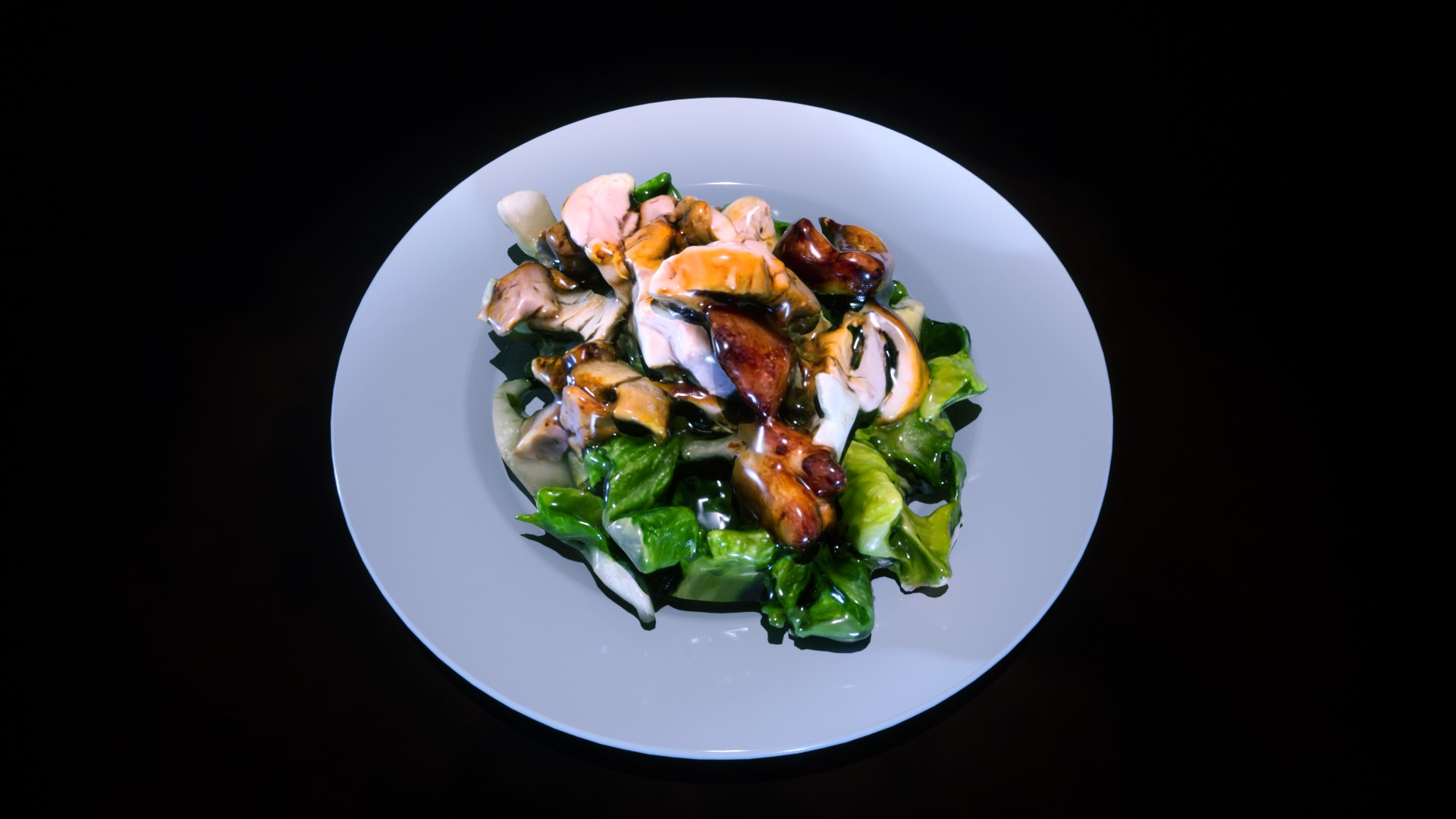In 2023,Joseph was approached by Stanford University Behavioral Science Lab to create an interactive 3D Experience to simulate food consumption and waste in the cafeteria setting. This project leveraged 3D web development, modeling, animation & more.
Embarking on the creation of a comprehensive cafeteria simulator, we've curated a dynamic blend of richly textured 3D models, meticulously coordinated to offer an immersive, interactive experience. Users can seamlessly navigate through the scene, intuitively dragging and dropping food items onto their plates. This innovative simulator empowers the Stanford Lab to scrutinize food consumption and waste patterns with unprecedented depth and accuracy, fostering informed decision-making and resource optimization.

What began as a seemingly straightforward project with Stanford quickly evolved into a multifaceted endeavor, brimming with intricate details and complexities. Months of dedicated effort and multidisciplinary collaboration ensued to transform the initial concept into a compelling and user-friendly experience. Through relentless programming, modeling, and iterative refinement, I navigated the challenges and intricacies, ultimately delivering a simulation that seamlessly merges user enjoyment with invaluable insights for the Stanford team.

Crafting the food items for the simulator was a meticulous process, culminating in the creation of over 30 distinct 3D food models. Leveraging the prowess of Substance Painter, Blender, and ZBrush, each model was meticulously textured and sculpted to perfection. Collaborating closely with the Stanford team, I iterated tirelessly to ensure alignment with the desired experience, revising and updating models as needed. To optimize performance, each 3D model underwent export as a GLTF file, employing advanced compression techniques to minimize file size while preserving visual integrity.

Crafting this immersive experience demanded exacting coordination of hundreds of distinct 3D assets, each with intricate interrelationships. Every food item was strategically positioned on the plate, boasting unique interaction capabilities. Leveraging the combined power of Blender and Fusion 360, I sculpted the scene to perfection. Unity served as the central hub for orchestrating scene elements and models.
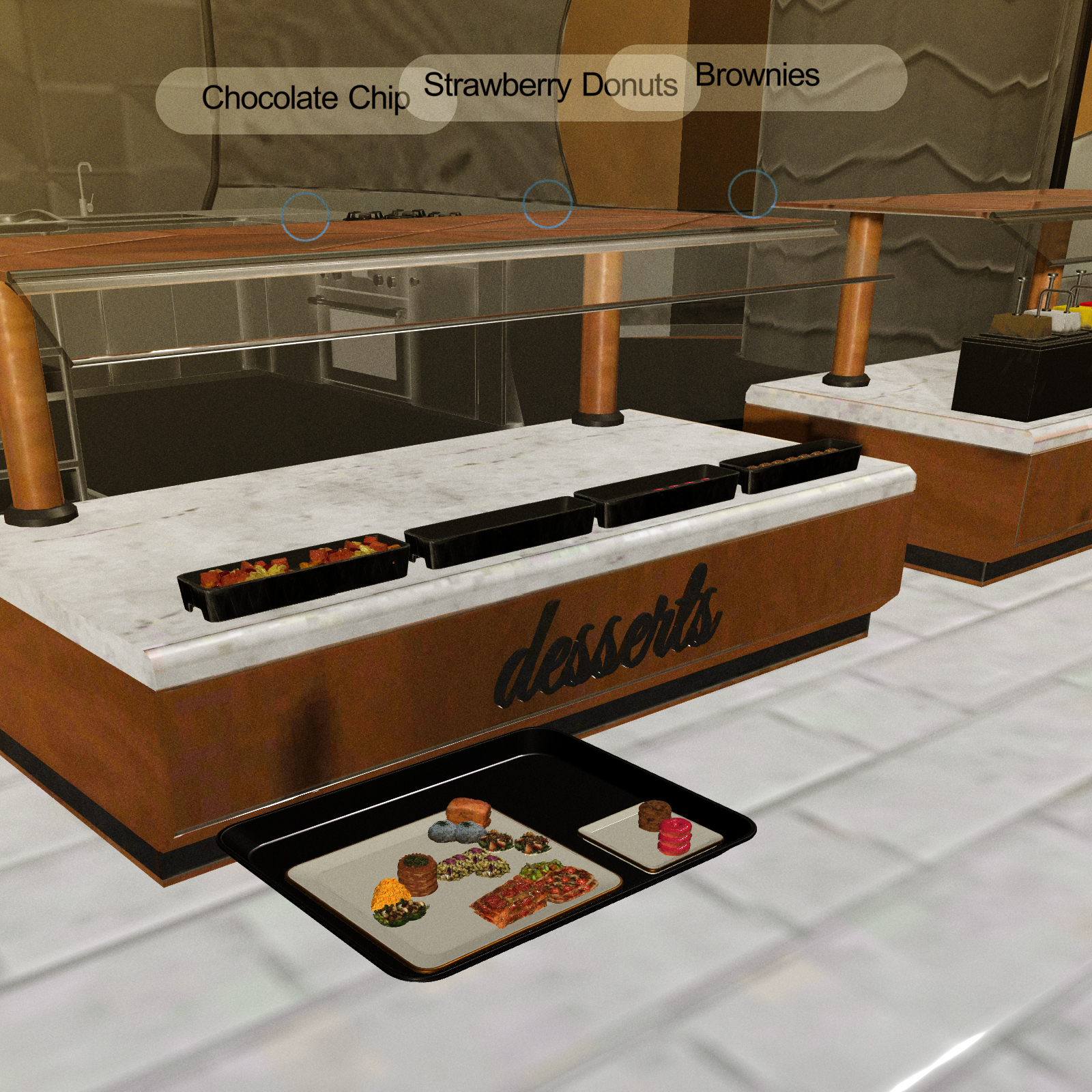
Employing the Needle Engine, I was able to create bespoke features, ensuring seamless export to the three.js JavaScript library for effortless web deployment. To ensure the Stanford team can export analytics information from user sessions I used Google Firebase for database management. The culmination of these efforts presents users with an immersive and interactive culinary journey, inviting them to explore and engage with the simulation like never before.
